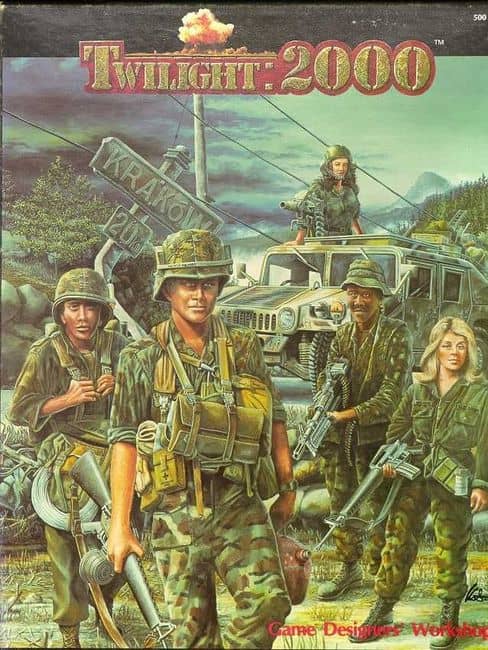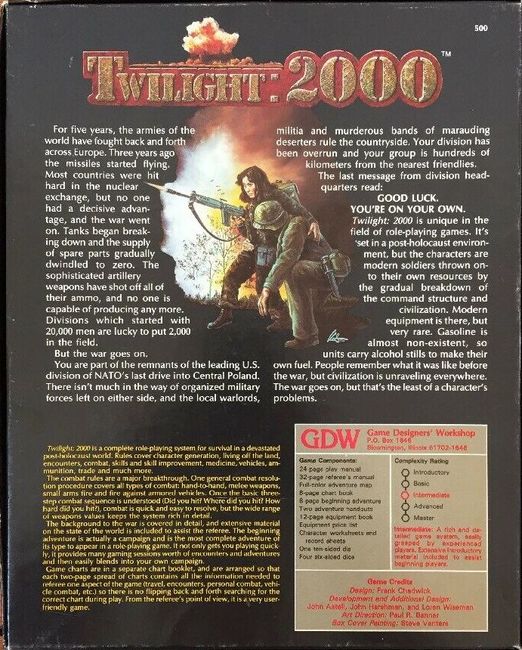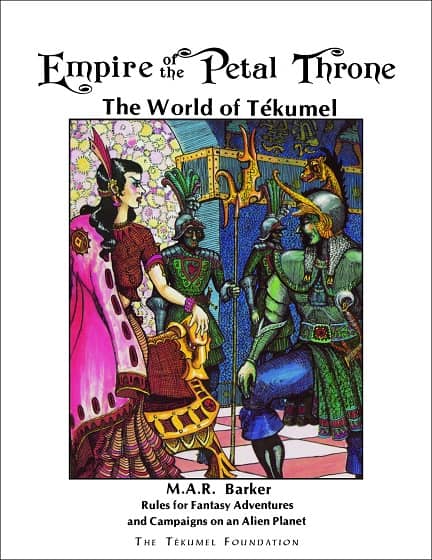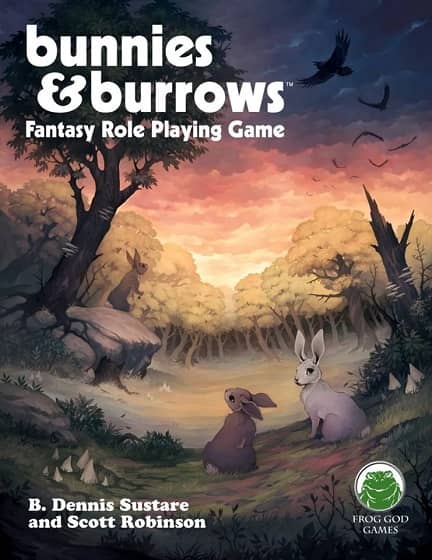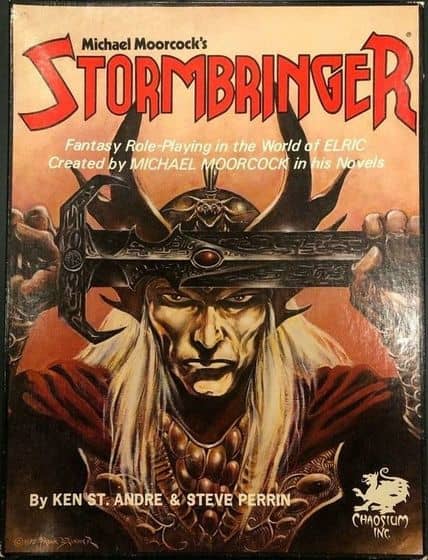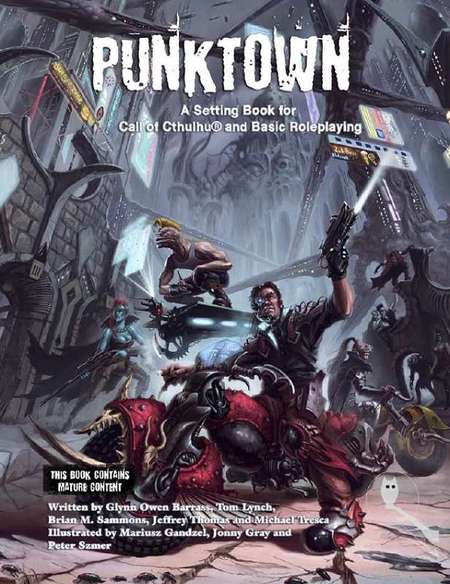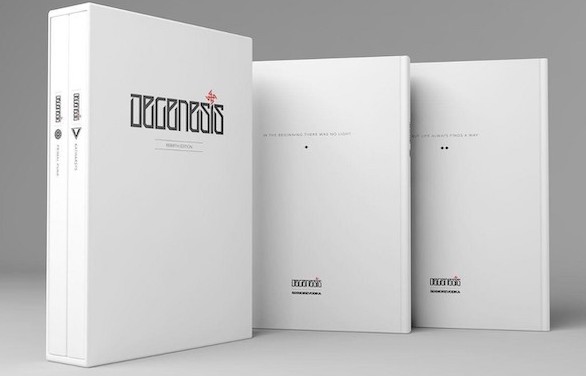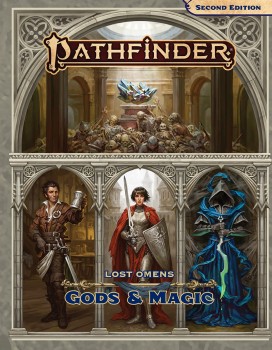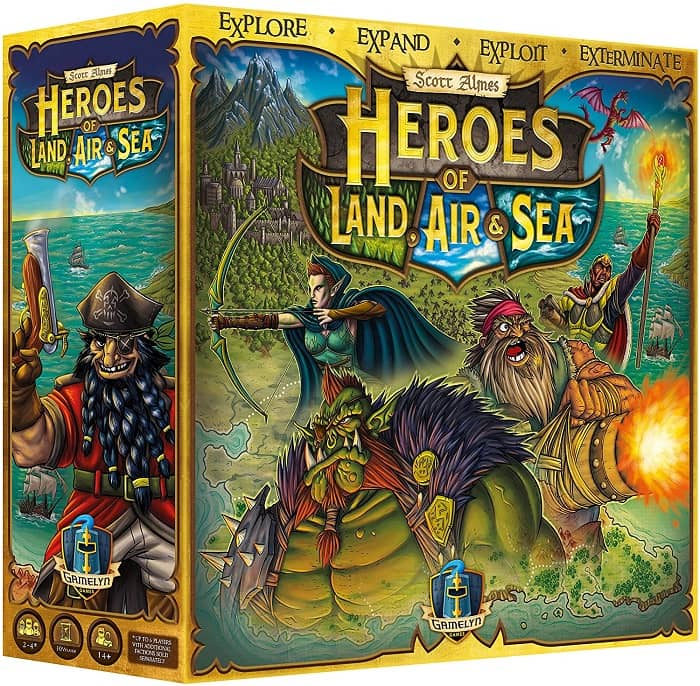Artifacts: SixMoreVodka’s First Rules Expansion for Degenesis
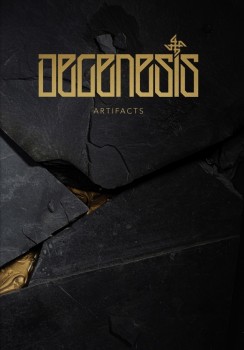 Degenesis, SixMoreVodka’s post-apocalyptic, Europe-and-North Africa-centered tabletop RPG, released its first rules expansion last month. Called Artifacts and featuring the new Degenesis black-and-gold look, it’s the first gaming supplement I’ve ever owned with gilt-edged pages.
Degenesis, SixMoreVodka’s post-apocalyptic, Europe-and-North Africa-centered tabletop RPG, released its first rules expansion last month. Called Artifacts and featuring the new Degenesis black-and-gold look, it’s the first gaming supplement I’ve ever owned with gilt-edged pages.
But that’s SMV for you, a company “founded by artists and run by artists.”
As I said in my initial review of the game, you can look at Degenesis as an expensive art book which comes with a free game, or an expensive game book with the most lavish art design in the history of the format. So you can convince yourself that even at USD 60 you’re getting a great deal, FedEx shipping from Berlin included, using many of the same mental gymnastics car enthusiasts might when signing for a new BMW.
Degenesis is already a complete game. But one of the 4chan descriptions of it is “90% fluff and 10% crunch.” While I don’t think that’s near accurate – I’d put it at 70/30 — Artifacts adds plenty of crunch. It gives additional rules to build, motivate, and describe your avatar and player group. There are enhancements to your campaign and a good deal of new technology for the players to use and fight over and a bunch of imaginative new rules for clawing advantage out of the much-altered Earth. And of course there’s first-rate art.
Here’s a quick overview of the game enhancements. Artifacts is divided into twelve parts, and I’ll spend the rest of this review providing thumbnails of the contents.
